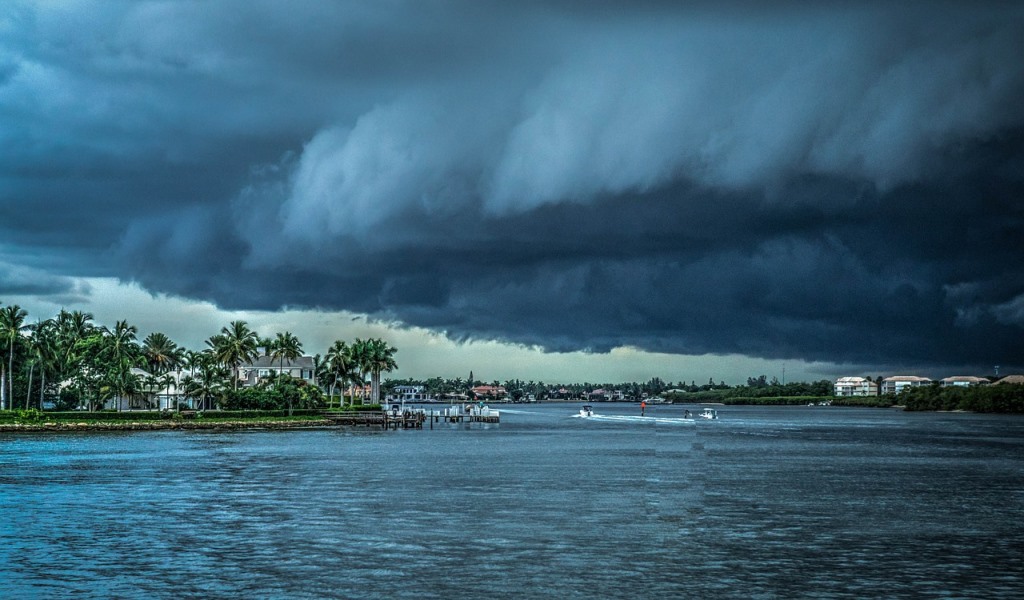On November 18, 2021, the National Fish and Wildlife Foundation (NFWF) and NOAA announced $39.5 million in new grants from the National Coastal Resilience Fund (NCRF) to support coastal resilience projects in 28 states and U.S. territories.
The 49 new grants will generate more than $58.3 million in matching contributions for a total conservation impact of nearly $97.8 million.
“The grants announced today will help communities from Maine to Hawaii strengthen coastal landscapes, adapt to a changing climate, sustain local wildlife and harness the benefits of natural habitats to increase community resilience to future storms and floods,” said Jeff Trandahl, executive director and CEO of NFWF.
“Grants awarded through the NCRF will help reduce flooding by increasing water retention capacity through restored floodplains, mangroves and wetlands. Restored beach dunes, barrier islands and oyster reefs will provide living barriers to storm surge and wave intensity, all while providing habitat for fish and wildlife,” he added.
The NCRF increases and strengthens natural infrastructure to protect coastal communities while also enhancing habitats for fish and wildlife.
NCRF is a partnership among NFWF, NOAA, Shell Oil Company, TransRe, the U.S. Environmental Protection Agency (EPA), AT&T, and Occidental, with additional funding support from the U.S. Department of Defense (DoD). This year marks the first year of participation from Occidental.
“NOAA is proud to support critical projects in coastal communities, helping them to adapt to coastal change and better prepare for climate-driven hazards,” said Rick Spinrad, Ph.D., NOAA administrator. “NOAA is committed to improving the resilience of our nation’s coastline to mitigate the effects of climate change, protecting people and improving the environment.”
NFWF, in partnership with NOAA and joined initially by Shell and TransRe, launched the NCRF in 2018 to support on-the-ground projects that engage communities and reduce their vulnerability to growing risks from coastal storms, sea-level rise, flooding, erosion and extreme weather through strengthening natural ecosystems that also benefit fish and wildlife.
“In the wake of Hurricane Ida, investments like these underscore the importance of using nature’s ecosystems to improve the resilience of our working coast,” said Colette Hirstius, Shell’s Senior Vice President, Gulf of Mexico. “By working together, we can best preserve and protect our environment in a way that supports our local communities, businesses, and the place that we call home.”
Established in 2018, the NCRF invests in conservation projects that restore or expand natural features such as coastal marshes and wetlands, dune and beach systems, oyster and coral reefs, forests, coastal rivers and floodplains, and barrier islands that minimize the impacts of storms and other naturally occurring events on nearby communities.
“Since 2018 we have seen the positive results that are possible, and we believe that practical projects will continue to do good for the environment and for the communities they touch,” said Ken Brandt, TransRe’s President and CEO. “NFWF have shown effective leadership in the projects they select, fund and support, and we continue to support their efforts, and all the efforts of the communities involved.”
Increasingly severe hurricanes and erosion put coastal communities at far higher risk of flooding, storm damage, compromised infrastructure and loss of life. Coastal ecosystems and natural features that have historically provided a defense against the impacts of coastal storms and flooding are being lost to coastal development and sea-level rise.
“EPA is proud to support community-driven projects that strengthen resilience and climate adaptation strategies in the Gulf of Mexico region,” said EPA Assistant Administrator for Water Radhika Fox. “With this funding, we will advance efforts to identify hazards and better protect Gulf communities—especially low income neighborhoods and communities of color that are often hurt first and worst by the climate crisis.”
NCRF supports projects that restore or enhance natural infrastructure in ways that benefit both wildlife populations and coastal communities. By investing in these nature-based solutions to increasing environmental stressors, the NCRF seeks to increase the resilience of both human and wildlife communities to coastal flooding events.
“The Department of Defense views climate as a real and existential national security threat and as such is developing new plans and strategies to combat the climate crisis and sustain military readiness,” said Ron Tickle, Deputy Assistant Secretary of Defense (Real Property).
“The recently released Climate Adaptation Plan, for example, lays out key activities and actions DoD will take to preserve operational capabilities and ensure the Military Services can operate under changing climate conditions. Through our partnership with NFWF and the NCRF, DoD advances multiple strategic priorities in the Plan, including enhancing adaptation and resilience through collaboration and creating resilient natural infrastructure. By promoting natural infrastructure solutions and leveraging our shared interests, DoD and NFWF will advance resilience projects at Tyndall Air Force Base, Florida, and Naval Weapons Station Earle, New Jersey. Together, these projects will restore coastal habitats near the installations to protect our training lands, critical infrastructure, and neighboring communities from climate change impacts,” he explained.
While the NCRF prioritizes direct restoration projects to increase natural infrastructure function, the projects supported by the 49 grants announced today span activities from community engagement in planning and prioritization to building capacity for coastal engineering and design development to help communities understand their best options.
“Network planning for extreme weather is critical for the millions of people who rely on the connectivity we provide,” said Shannon Carroll, director of global environmental sustainability at AT&T. “Contributing to the NCRF allows us to support resilience projects that will help protect our network, the communities we serve, and fish and wildlife habitats. This is important work, especially for underserved neighborhoods that are often most vulnerable to flooding and storms.”
The National Coastal Resilience Fund employs a “pipeline” approach to investments to meet communities where they are in the process of increasing their resilience and working with them through the implementation of high impact projects to meet their goals.
Photo of approaching storm in Florida by Michelle Raponi from Pixabay.

